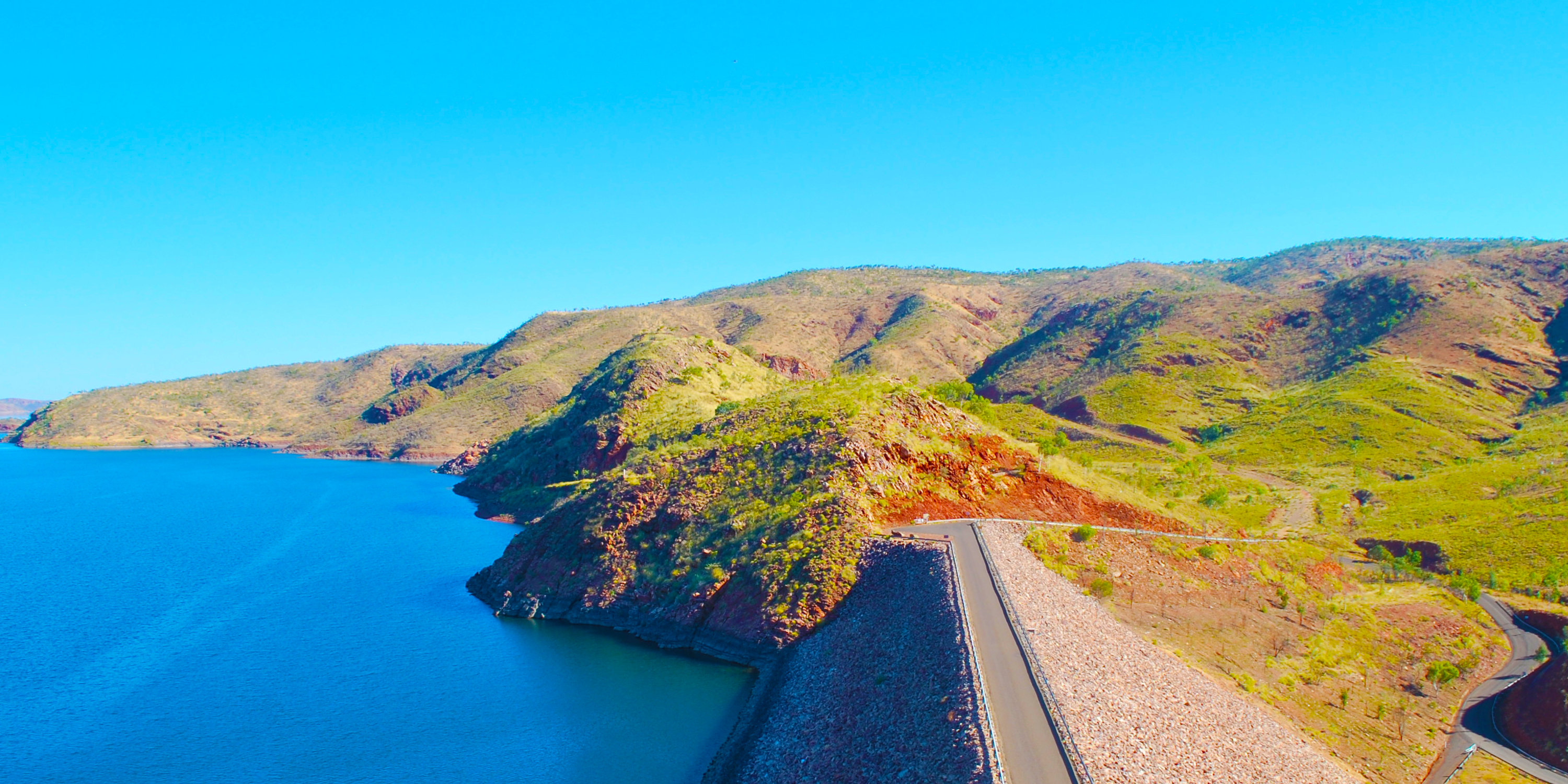Our hidden water wealth

In this article, Warwick Lorenz, Managing Director of Australian Pump Industries, shares his insights on the critical role of water security in Australia’s future, highlighting the untapped promise of the Great Artesian Basin and the need for bold, collaborative solutions.
Australia’s prosperity has long been built on the twin pillars of mining and agriculture. These industries depend on one critical resource: water. Yet, despite its importance, Australia’s water security remains a persistent challenge.
It is time for bold, visionary leadership to address this issue and ensure a sustainable future for generations to come.
Missed opportunity
The Great Artesian Basin, one of the largest underground water reservoirs in the world, spans nearly a third of the continent.
This immense resource, replenished by monsoonal rains, has the potential to transform regional Australia. However, its capacity remains underutilised due to the lack of strategic infrastructure projects.
Since the Snowy Mountains Scheme under Robert Menzies, there has been little progress in building the systems needed to ensure water security for our nation.
Visionaries like John Bradfield, renowned for designing the Sydney Harbour Bridge, recognised the potential of Australia’s water resources. In 1933, Bradfield proposed redirecting northern rivers into the Murray-Darling Basin to irrigate drought-stricken regions and support agricultural productivity.
Yet, almost a century later, his vision remains unrealised. Farmers, miners, and regional communities are left asking: why hasn’t this been done?
Lessons from the past
Australia has demonstrated its ability to achieve remarkable feats under pressure.
During World War II, the nation tripled its productivity, proving that we can rise to any challenge when the stakes are high. In the years following the war, journalist Luscombe, writing under the pseudonym Veritas, identified water security as Australia’s most pressing issue.
His detailed proposals for redirecting rivers to replenish the Artesian Basin remain relevant today. Unfortunately, political short-termism has hindered progress. While ideas such as the Hundred Dams Program – developed by Tony Abbott and Barnaby Joyce – offered cost-effective solutions, political instability derailed their implementation.
Real progress requires long-term commitment, which may only be achievable by extending federal government terms to enable grand-scale planning.
The cost of inaction
Failing to address water security not only risks agricultural and mining productivity but also undermines Australia’s ability to withstand the effects of climate change.
Droughts, increasingly frequent and severe, threaten regional economies and livelihoods. Without intervention, the nation’s dependence on dwindling water supplies could lead to economic stagnation and a loss of global competitiveness.
Investing in water infrastructure is not just an economic imperative but a social one. Regions reliant on agriculture and mining form the backbone of Australia’s cultural identity.
Supporting these communities through secure water access ensures their survival and prosperity, preserving an essential part of what makes Australia unique.
Growing global responsibility
As the global population climbs toward an estimated 12.5 billion by 2050, Australia has a critical role to play in feeding the world.
Current agricultural output will need to double or even triple to meet this demand. Water is the foundation for achieving this, yet millions of litres are wasted each year, flowing unused into the oceans.
By investing in water infrastructure projects, Australia can increase agricultural and mining productivity while also supporting global food and fibre security. From innovative dam and channel systems to advanced water well drilling, the tools and expertise exist – all that is needed is the vision to implement them.
The role of waterwell drillers
Waterwell drillers are at the forefront of securing access to this vital resource. Their work supports farmers and miners who form the backbone of Australia’s economy. At Australian Pump Industries, we are proud to collaborate with these professionals, providing high-performance pumps and equipment to meet their needs.
Together, we can drive innovation and ensure water security for all Australians.
Technology as a solution
Recent advances in water technology offer promising solutions for Australia’s water challenges.
Smart irrigation systems, powered by real-time data, allow farmers to optimise water usage. Similarly, advanced filtration and recycling methods can ensure that water is reused effectively across industries. Investing in these technologies not only boosts productivity but also demonstrates Australia’s commitment to sustainable development.
Moreover, renewable energy sources such as solar and wind can power water pumping and desalination systems, reducing operational costs and environmental impact. By integrating these innovations, Australia can lead the way in sustainable water management practices.
Looking forward
Leadership like that of Robert Menzies is needed to champion transformative projects.
As Ion Idriess poignantly wrote in 1956: "Pause, and, if only for a moment, try to imagine the unimaginable volume of fresh water that has rushed away to sea during these last few years alone. Then imagine the broken hearts that would not break, the homes we should save, the jobs we should keep, the individual and national wealth we should retain – imagine what we could do with that water in drought times."
It’s time for Australia to reclaim its vision and ambition. By prioritising water security, we can unlock the potential of our natural resources, ensure regional sustainability, and cement our position as a global leader in food and fibre production.
The path is clear – all we need is the courage to walk it. Australia has the resources, expertise, and opportunity to lead the world in water management.
Let’s not allow short-term thinking to limit the vast potential that lies beneath our feet. With the right investments and leadership, the riches down below can become the foundation of a thriving, sustainable future for all Australians.
This article was originally published in Australian Drilling.


